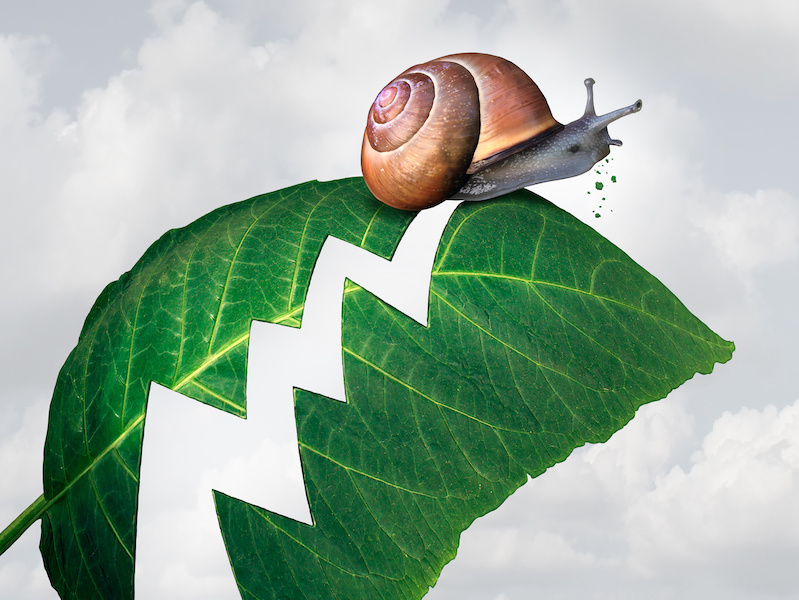
The Covid-19 pandemic has not yet passed, with new cases surging in the U.S. and in other countries, but the prospects of economic recovery for Canada are looking up.
So finds Luc de la Durantaye, chief investment strategist and CIO at CIBC Asset Management. In an interview earlier this month, de la Durantaye projected average real GDP growth of 1.1% in Canada for the one-year period that began July 1.
“We continue to have a central scenario, which is one of continued economic expansion,” he said, with monetary policy remaining “very, very accommodating” in addition to fiscal support.
Of course, there are many potential hurdles, including fiscal measures eventually being pulled back. The federal government made access to the Canada Emergency Wage Subsidy easier and extended it to Dec. 19, while the Canadian Emergency Response Benefit was extended through the summer.
Those measures will “gradually wane,” de la Durantaye said, leaving central banks to bear the weight.
Both the Bank of Canada and Federal Reserve have been active, keeping interest rates and growth expectations low. In its latest monetary policy report, the BoC provided domestic real GDP projections of -7.8% for 2020, 5.1% for 2021 and 3.7% for 2022.
Globally, the BoC expects GDP contraction of 5.2% this year, followed by expansion of 5.2% and 5.4% for 2021 and 2022. These figures are generally in line with forecasts from the IMF and World Bank in late June.
One thing that de la Durantaye is positive on is medical developments. “We continue to see constructive news on the medical front with improving therapeutic solutions,” he said, adding that a number of vaccines are moving into the final testing stage.
“There is sort of a light at the end of the tunnel, eventually,” he said. While there’s risk of renewed infection that could trigger “an economic relapse,” as has been seen in several U.S. states, he said, “we remain constructive.”
A potential second wave won’t have the same negative impact as the first wave for a number of reasons, he said, since governments have a better idea of how to contain the spread. “You may not need to have a full lockdown of the global economy,” de la Durantaye said.
When it comes to investing, de la Durantaye is playing it safe and focusing on diversification.
With bond yields historically low, “government bonds are not going to play the same role as they have been playing over the last 20 to 30 years,” he said. De la Durantaye suggested finding fixed income alternatives that will also shield against volatility and equity market blips.
“There’s no one asset class that can fully replace government bonds, but certainly high-quality corporate bonds can be helpful,” he said. “We’ve seen that central banks have started to buy high-quality corporate bonds, so they are being somewhat supported by central banks.”
He’s also looking at “very defensive, high-quality” company stocks that pay secure dividends, and at gold, which is trading above US$1,800, compared with around US$1,500 at the start of the year. While “it may not go up as strongly as it did over the last year and a half, it’s still an asset that investors should think [about] in their portfolios over time, to diversify their overall portfolios.”
Emerging market debt and equities are also worth examining, de la Durantaye said, with the caveat that not all of them are stable.
This article is part of the AdvisorToGo program, powered by CIBC. It was written without input from the sponsor.